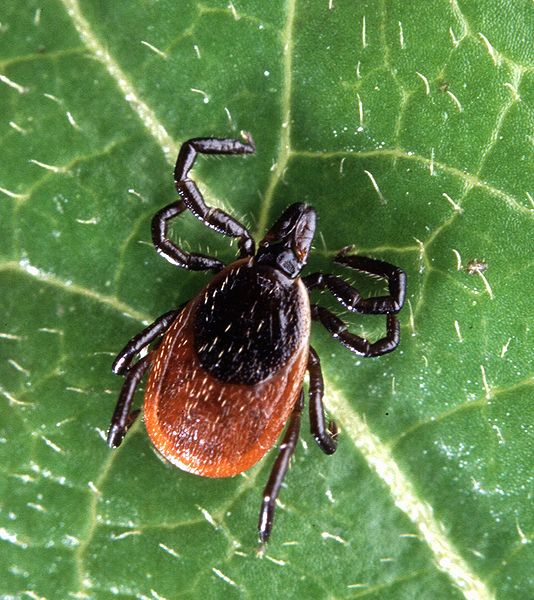The 24 Most Common Childhood Illnesses
Typical Seasonal Allergies, Flu, Impetigo, Ringworm, and Lyme Disease
Copyright © 2012 Vicki Riviera All Rights Reserved; content may not be copied, rewritten, or republished without written permission; Posted December 8, 2012

Disclaimer: The author is not a doctor. This article is informational material only and does not constitute medical advice. Contact your physician for all medical conditions.
Impetigo
This is bacterial skin infection that typically manifests as clusters of tiny blisters on the skin. Notably, they ooze and form a golden crust; this color is one way to ID the condition.
Touching the fluid is a bad idea; this has the potential to spread the infection to other parts of one’s body and/or other people. Often, it is caused by a strain of staph bacteria.
This is a type of impetigo that is most frequently seen in children of ages two to six. If it is treated promptly with antibiotics, the sores will generally heal without leaving scars.
Ringworm
This is also a skin infection, but the name is a misnomer—ringworm is actually brought on by a fungus; there are no worms involved at all.
It manifests with a red, scaly ring on the skin surface or sometimes a round-shaped patch of hair loss on one’s scalp. The fungus spreads with ease from kid to ckid, so the sharing of combs, brushes, towels, and clothes are a no-no. This condition may be treated with antifungal medication.
Lyme Disease
This condition pops up in the news every now and then, causing some alarm. Lyme disease manifests as a target-shaped rash. It appears one to two weeks after a tick bite, but oddly not everyone will develop the telltale rash.
The rash itself can be accompanied by body aches, a fever, and chills. The origin of the condition is a class of bacterium that is carried by tiny deer ticks.
Without prompt and proper treatment, Lyme disease can affect the joints, nervous system, and heart. If you must venture into the woods, try to wear an effective insect repellant.
Flu
The problem with distinguishing between a cold and the flu is that they can have very similar symptoms. A flu typically manifests in a high fever, chills, body aches, extreme fatigue, and nausea or vomiting. Yuck.
Although most improve on their own, flu may lead to major complications such as pneumonia, especially in the younger ones. The CDC urges a yearly flu vaccination for children ages 6 months and up.
Typical Seasonal Allergies
Seasonal allergies are also referred to as hay fever, depending on where you live and are not an infection, but a reaction to microscopic particles like indigenous pollen.
Typical symptoms experienced include constant sneezing, watery eyes, and a runny or stuffy nose. These symptoms may only happen in the spring and fall while the local flora are undergoing their seasonal changes.
Children may continuously rub at their nose with the palm of their hands, a gesture commonly (and somewhat humorously referred to as the allergic salute). There is no cure for hay fever, but there are methods to help control the symptoms.
Allergies may appear at any time of life and may go away just as mysteriously. Your doctor can narrow down your individual problems and administer the corresponding shots when needed.
Website © 2012 Kelly Smith; all rights reserved; content may not be copied, rewritten, or republished without written permission; Webmaster’s Google profile
